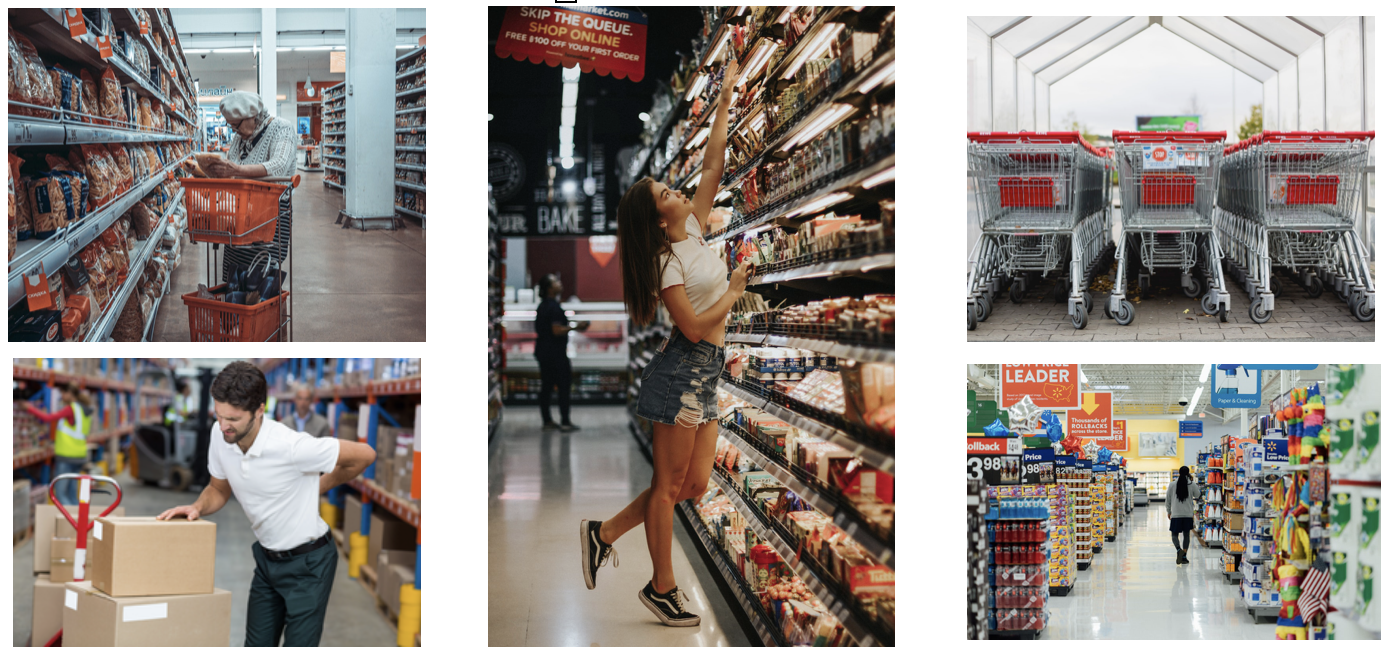Retail Ergonomics
Ergonomics solutions for retail environments including supermarkets, shops, stores, warehouses and delivery operations. Balancing worker safety with customer experience through thoughtful design and comprehensive training.
Over 3 million people work in UK retail environments. Research from the European Agency for Safety and Health at Work identifies retail and service sectors as particularly high-risk for work-related musculoskeletal disorders, with back and upper limb injuries being most prevalent.
Retail Environment Areas
Shop Floor
Customer interaction and safety checkout ergonomics (repetitive operator tasks, seating) Accessibility (aisle width, visibility, shelving heights) Environmental comfort (lighting, temperature for customers) Design-focused solutions including wayfinding (customers can't be trained)
Warehouse/Back-of-House
Operational areas Heavy manual handling (loading, shelving) Industrial-style equipment (trolleys, steps, PPE) Storage and logistics operations Training-based solutions possible
Our Retail Ergonomics Services
Workplace Assessment - Evaluation of shop floor, warehouse, checkout and delivery areas for ergonomics risks and customer safety.
Design Consultation - Store layout, shelving height, checkout design and equipment selection to optimise both worker comfort and customer experience.
Training Development - Staff training programmes covering manual handling, checkout ergonomics and customer assistance whilst maintaining safety protocols.
Common Issues Addressed
Checkout design requiring comfortable seating and appropriate monitor heights
Shelving systems with suitable equipment (steps, trolleys) for safe stock management
Manual handling in warehouse and delivery areas with appropriate PPE
Aisle width and layout for wheelchair users and trolley navigation
Environmental comfort including lighting, temperature and ventilation
Key Considerations
Retail environments emphasise safety over comfort compared to office settings. Employees can be trained in safety protocols whilst customers rely on intuitive design, clear signage and safe processes. Store layout, ambience and accessibility are critical for customer safety and experience.
European research confirms that multiple risk factors contribute to musculoskeletal disorders in retail: physical demands (repetitive movements, awkward postures, manual handling), organisational factors (work pace, shift patterns, inadequate breaks) and psychosocial pressures (time demands, customer interactions). Effective ergonomics intervention addresses these interrelated factors systematically.
Navigation and wayfinding is a critical ergonomics consideration affecting customer safety. Clear wayfinding supports customers with visual impairments, neurodiversity conditions and those unfamiliar with store layouts through logical store organisation, consistent lighting and accessible pathways that reduce confusion and physical strain.
Further Reading: Investing in Retail Ergonomics: Business Case & Benefits | Retail Worker MSDs: Practical Prevention & Risk Guide
Industry Research: EU-OSHA E-fact 12: Work-related Musculoskeletal Disorders in the Service and Retail Sectors
Contact Ergo & Wellbeing to discuss your retail ergonomics challenges.


